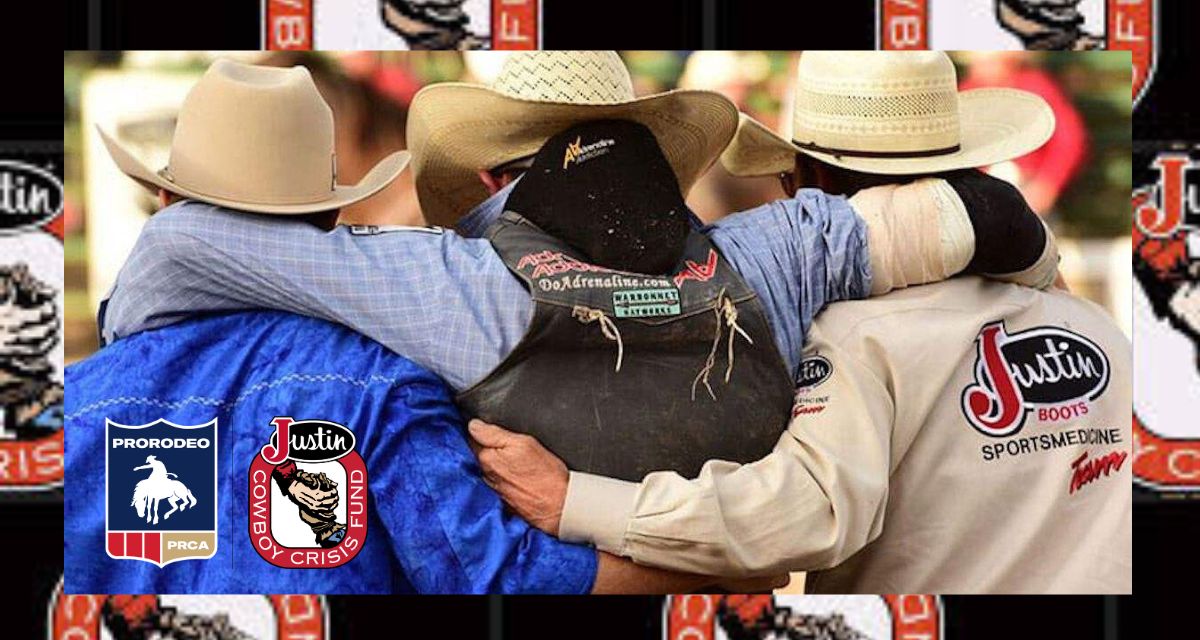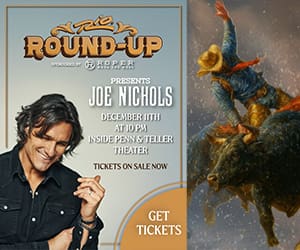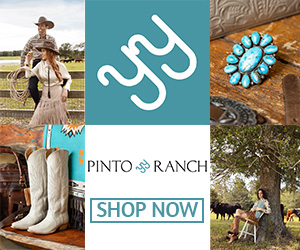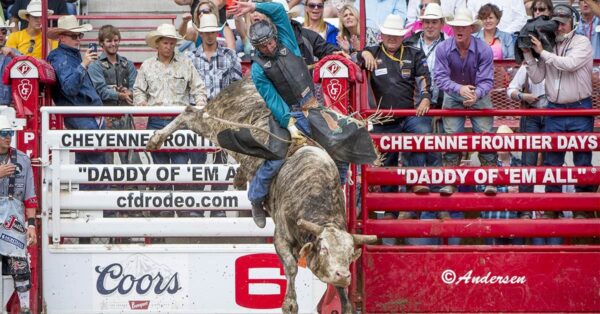Rodeo is more than just a sport; it’s a deep-rooted tradition that embodies the rugged spirit of the American West. Originating from the working practices of cattle herders in Spain and Mexico, rodeo has evolved into a thrilling competition that tests the skill, bravery, and endurance of both riders and animals. Events such as bull riding, bronc busting, and steer wrestling require not only physical strength but also precise technique and unwavering courage. The electrifying atmosphere of a rodeo, with the roar of the crowd and the rush of adrenaline, makes it a uniquely exhilarating experience for both competitors and spectators.
The Rodeo Core
At its core, rodeo celebrates the cowboy lifestyle, a way of life built on hard work, resilience, and respect for the land and animals. Many rodeos take place in rural communities, where they serve as more than just entertainment—they are a gathering place for families, friends, and fans to honor their heritage. The sport’s traditions are passed down through generations, keeping the spirit of the Old West alive. From the carefully crafted leather saddles to the rodeo queens who represent the event, every detail is a nod to the rich history and values that rodeo upholds.
The Rodeo Traditional Roots
Despite its traditional roots, rodeo has adapted to modern times, expanding into international circuits and gaining popularity far beyond the American West. Countries like Canada, Brazil, and Australia have embraced the sport, hosting their own prestigious rodeo events that draw top-tier talent. The Professional Rodeo Cowboys Association (PRCA) and the Professional Bull Riders (PBR) have helped elevate rodeo into a mainstream spectacle, broadcasting competitions to millions of fans worldwide. Technological advancements, from instant replays to enhanced safety gear, have also played a role in making rodeo both more accessible and safer for competitors.
Last Updated on 03/03/2025 by Gideon.Lupine
CLN Community Sponsor
